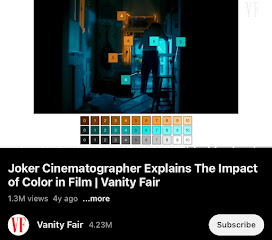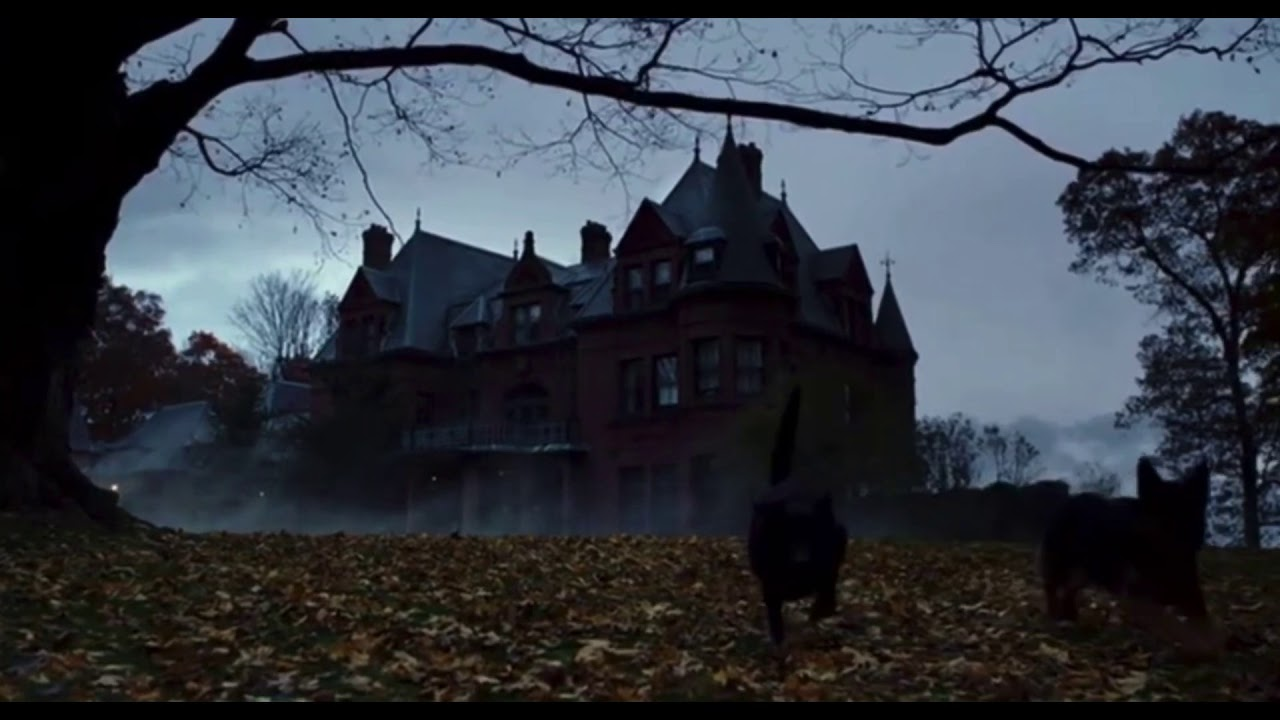This Music Marketing project was one that not only challenged narrow, accustomed ways of thinking, but one that enlightened me on the various routes one could take to accomplish a goal.
Choosing a song: Starting from the beginning, we were initially tasked with choosing a specific song from a genre my group would be given. My group got handed the pop genre folder, from where we would have to pick a pop song to create a music video for. When going through the list of four songs in the pop genre folder, we were intently focused on picking a song that held lyrics that facilitated creating a visual story, as well as a song that had themes that could be represented through visual concepts. These "prerequisites" were placed because, even though we weren't fully set on what type of music video we wanted to make, we envisioned the video to have a foundation of storytelling. As we listened to all the songs, we finally settled on "Electric Feel" by MGMT. Our finalization came down to the song's aesthetic and direct lyrics, which would aid in developing our story and symbolic notions visually.
Research: Next, we moved on to researching the modern trends in the marketing and distribution of several pop artists. My group started by attempting to find two of the most well-rounded music production companies from which we would pick two pop artists to research. While searching, we ran into Columbia Records and Atlantic Records. Within each music company, we chose to centralize on Harry Styles and Rosalia for Columbia Records, and Ed Sheeran and Charlie Puth for Atlantic Records. When choosing what pop artists's marketing techniques to analyze, we prioritized artists that rose to fame all by themselves, or those who depended heavily on marketing strategies to get noticed, because they were deemed successful. Regarding Harry Styles, we decided to pick him because even though he was already famous from his years with One Direction, his branding techniques for individualizing his image and aura of music were what drew us to him. For my group, I was chosen to research Harry Styles. During the process of researching his marketing strategies, I found his approaches to advertising to be very insightful relating to his precise approach to his target audience. His creativity with how to approach his audience in eccentric ways allows him to further shine in a crowd full of musicians. For example, when promoting his album Harry's House, Harry Styles created a website where fans could link their Spotify and "collect items for their house". Essentially, fans could get up to 50 new symbols or "items" depending on what songs they listened to from Harry, so if I listen to "Kiwi" by Harry Styles I would get cactus in my "house". This interactive mechanism allowed fans to relate with one another and consistently attempt to guess what each symbol represented, which would spread more "noise" for his new upcoming album.
After researching techniques from successful artists, we initiated our marketing campaign. When approaching this, my group and I started off focusing on the music video aspect before our campaign presentation.
Pre-production: This process involved meticulous planning of how we would tie the music video visually and symbolically. Before starting the process, we conversed about what type of music video to create and ended up choosing a promotional/storytelling video. Once we began the process, we instantly created a storyboard so it would be easier to see which production techniques to utilize and how they would all unify in specific shots. To begin, we picked what duration of the full song we wanted to use for the music video and we decided on the second verse to the last chorus. Then, we listened to the song, separating which parts of the song we wanted to be promotional and which we wanted to be storytelling. After having a general idea of the timeline of the music video, we began storyboarding. Going in chronological order, we laid out specific shots we envisioned, and different angles and editing aspects associated with them. A big part of planning the promotional shots was the mise-en-scene elements. Anything from colored lighting to band props to set design was essential to this portion of the video, due to the engaging, specific aesthetic we strived to achieve. Finally, we created our storyboard (first page of the storyboard is below).

Production: We first shot all the promotional shots on one afternoon in my garage. We used all my instruments, including a drum set, electric guitar, and keyboard to provide the purest realism for this portion of the music video. We used props such as a dark blanket to create a backdrop for one symbolic moment of the video. Set design was also essential to our branding. The band that would be playing is a family band, so creating the atmosphere of a conventional garage family band would complement our branding idea. The next day we filmed the storytelling videos at a fake party, where using costume design was essential to the story.This was to not only give the context of the party but also symbolize each character's persona and how they related to each other. These are a few pictures from the first day of shooting:
Campaign: After filming, we had all our shots but started to work on our marketing and distribution campaign. When deciding what methods to use, we mainly focused on our target audience and how we could best reach them. Our target audience was mainly girls from 16-21, so primarily young adult women. Using our previous research, we found that using social media was the most effective source of distribution and marketing, especially because our audience was very active on social media. The idea of technological convergence with smartphones was one that we relied on because it meant our specified audience could reach our marketing through various social media platforms. In addition, we wanted to apply a distinctive quality to our band, so we decided to make this a family band. This allowed us to be relatively more unique to other pop bands and gave us more mise-en-scene elements to correlate to our brand, like a uniform costume design for each band member when performing.
Post Production: After completing the campaign, I was tasked with editing the video. For editing, I used Capcut because it was the platform with which I was most familiar. After transferring all the shots and the song audio to Capcut, I used the storyboard as a guide to the order of the shots. Although I relied on the storyboard, I also ventured out and tried some of the extra clips we had taken to see if those would look cooler. When editing, I played around with the promotional sequences because I had to try to match the band members' pretend playing to the song's acoustic playing. After putting all the shots in order and matching them to certain beats of the song, I started going through and editing their lighting and composition. For most of the shots I just had to brighten them up or add variations of hues according to what character was on the screen and what they represented. But for the scene of the main girl getting ready in the bathroom, I focused on different editing techniques to create a captivating, surreal montage of a makeover. I utilized different speeds of the shots, as well as overlaying them on top of one another to make her getting ready to appeal to be smooth and effortless. After I had gone through those shots, I went through the whole video and finalized it!
Link to the video:
Presentation: When discussing how we would present, we went over all the information we had written for the campaign and each picked which slides they were most knowledgeable of. For example, if one of my group members was most eloquent when talking about the target audience and its correlation to marketing, they would discuss just that. We ended up splitting up the campaign into four subgroups and each person explaining their part.
Overall, this project taught me a great deal. This project showed me that even if something seems overwhelming at the start, splitting it up into smaller, more doable tasks is going to aid in getting the job done more efficiently and with less stress. Also, managing my time precisely is a quality that I hope to get better at, and this project showed me a way that I could accomplish that in the future. One problem that I did approach when working was the idea of perfectionism. I am the type of person who will procrastinate something because I set a high expectation of what it needs to be, but this project began to help me realize that it doesn't need to be perfect to get the job done. This project helped me see that for my Cambridge portfolio, I should not look so far ahead in what needs to get done but rather focus on the small task ahead of me.


















